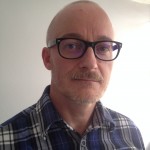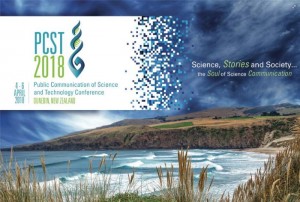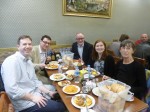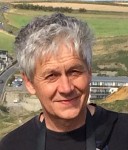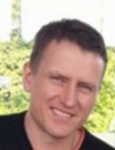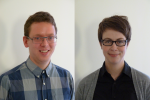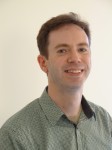I’ve just returned from the Public Communication of Science and Technology (PCST) Conference in Istanbul, Turkey. It was, in almost every sense of the term, a most extraordinary event, organised with courage, solidarity and warm hospitality in the face of a devastating refugee crisis and political unrest.
The spirit of the conference was captured beautifully by the PCST President Brian Trench at the start of the event. “Let’s talk, let’s laugh, let’s listen”, and we did.
If you haven’t seen Brian’s opening address, you can find the text here (Opening Address).
And if you think this is for you, start saving your [insert name of currency here] and come along to the 15th International PCST Conference in April 2018.
The PCST community will meet again at the University of Otago in Dunedin, New Zealand; #hugahobbit

